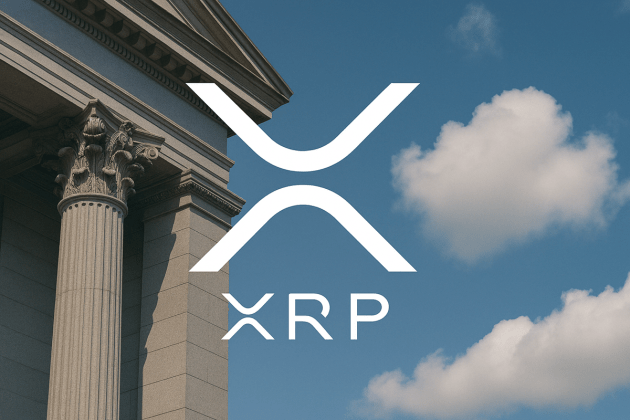Franklin Templeton is considering bringing tokenized securities to new chains — including Ethereum — and opening access to user-managed wallets, the investment manager’s head of digital assets, Roger Bayston, told Cointelegraph in an interview.
Franklin Templeton launched its flagship tokenized money market fund — Franklin OnChain U.S. Government Money Fund (FOBXX) — in 2021, initially on the Stellar blockchain. Since then, FOBXX has surpassed $400 million in assets under management (AUM), integrated USD Coin (USDC) payments, and expanded to chains such as Polygon.

Related: Franklin Templeton eyes Solana ETF after Ethereum success
In an exclusive interview, Bayston told Cointelegraph how Franklin Templeton won over regulators, slashed costs for financial reporting, and broke into the crypto-native market. He also hints at big plans for doubling down on tokenized securities.
The interview transcript has been edited for clarity and concision.
Cointelegraph: Why did Franklin Templeton decide to create a tokenized money fund?
Roger Bayston: The idea was that money funds were integral to the transactional economy. There are trillions of dollars in money funds globally. We anticipated more velocity and shareholder activity in a money fund compared to a long-dated mutual fund.
Updating this construct to be in an onchain environment, where there’s more utility, feels like an infrastructure play, given how widely money funds are used. This meant whatever we built needed to handle scalability and security. If it worked for the money fund, it could work for any public or private funds we might run.
CT: What are the benefits of blockchain for traditional asset managers?
RB: We are currently the only product with the ability to use public distributed ledger technologies (DLTs) for official transaction record-keeping. The cost savings from using blockchain for record-keeping have been tremendous.
The United States Securities and Exchange Commission reached a comfort level with this because they asked us to process transactions through both the new and legacy systems for a period of evaluation. We found far more accuracy in the new system than the legacy one.
You can see the transactions on Stellar explorer or other explorers. This transparency aspect is something the SEC is super intrigued about. This increased transparency over time will be super useful for regulators, allowing them to observe activity without needing to go through a legal process to uncover it.
CT: When did you realize Franklin Templeton had tapped into the multibillion-dollar stablecoin market?
RB: The success and continued growth of stablecoins globally gave us the confidence that here was something with a lot of utility. We wondered if we could get regulators comfortable with using these technologies wrapped around a public security, could we have the same sort of future state as stablecoins? Could we participate in what stablecoins are doing while also upgrading the infrastructure for traditional users of money funds?
CT: What does the user base for FOBXX look like today?
RB: Most of our existing clients are crypto-native organizations that understand the importance of achieving that 5% yield. They recognize the need for longer runways and to protect their assets. They don’t want all their capital tied up in native tokens.
Another big opportunity we see is centralized exchanges, where the vast volume of activity is in over-the-counter (OTC) derivatives rather than spot trades. These OTC derivatives currently use stablecoins as collateral, but we see our solution as a much better collateral alternative.
Targeting the stablecoin and decentralized finance (DeFi) protocol environments is a future market opportunity.
CT: What do you see as the market potential longer term?
RB: The addressable market is unfolding as our regulatory collaboration continues. Allowing a security to migrate around the marketplace into different wallets is something we’re developing. We envision a world where users can manage their own wallets independently of our wallet environment. We’re working closely with the SEC on this capability. We haven’t encountered a flat-out “no” from regulators.
Much of the current DeFi activity happens in permissionless environments, but ours is fully permissioned. As these use cases continue to develop, they will help us target our markets more effectively.
CT: How does Franklin Templeton think about multichain expansion?
RB: We started our project on the Stellar blockchain. Stellar’s economics and constrained environment make it a safer choice for record-keeping systems. Discussing a constrained blockchain with the SEC was easier due to its limited attack vectors.
Getting involved with any of the Ethereum Virtual Machines (EVMs) and Ethereum mainnet, which is not currently part of our disclosures, is something we’re considering. These communities are more robust and enthusiastic compared to the Stellar community. However, these record-keeping systems come with different costs.
We aim to create choices for shareholders and users. While we are chain-agnostic, it’s important to understand that, ultimately, these costs will be borne by the shareholders as they choose which environments to hold their wallets in.
Magazine: Real-world assets evolve finance by tokenizing everything, says Kinto co-founder











